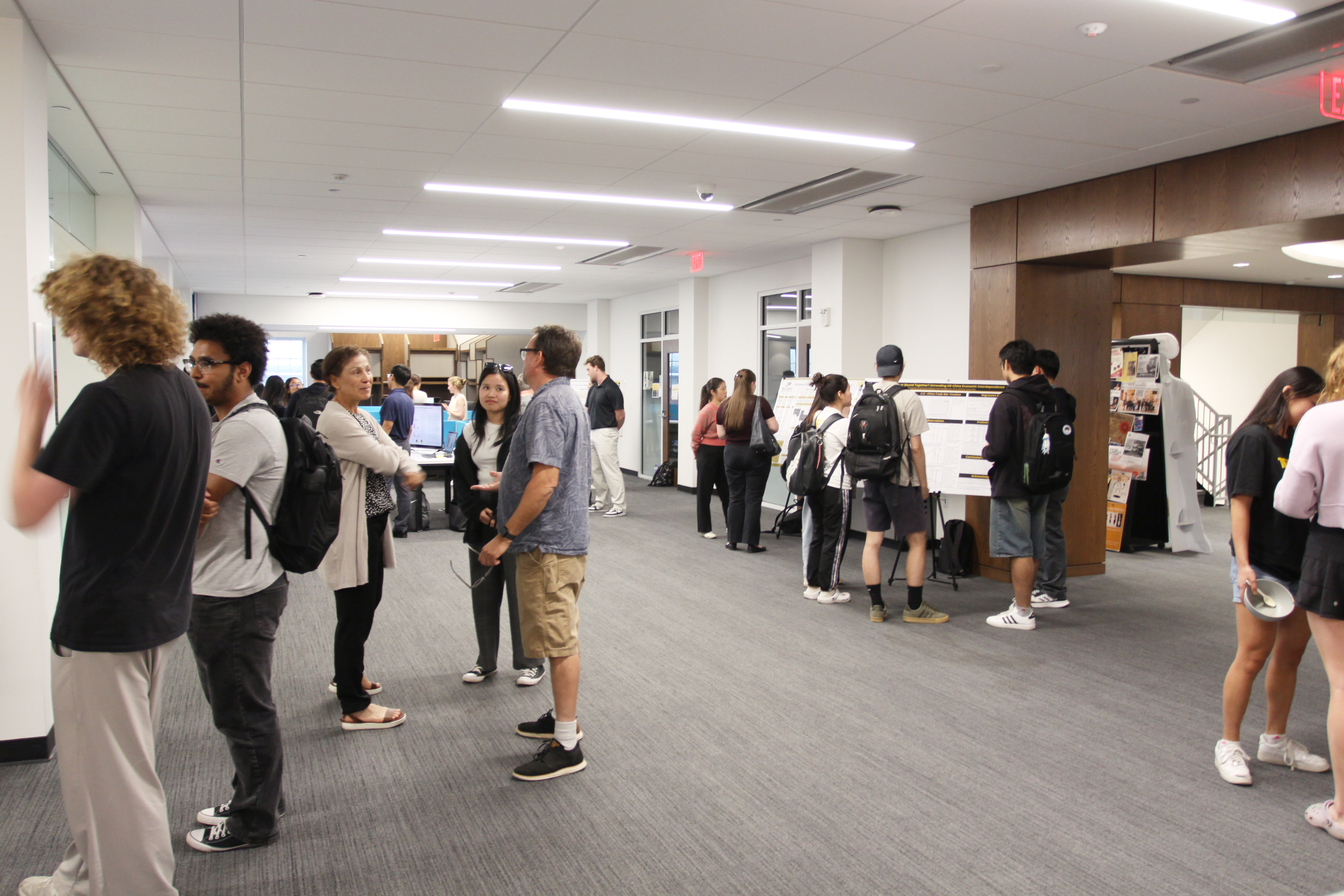Files
Download Full Text (861 KB)
Document Type
Poster
Publication Date
Fall 2024
Abstract
The concept of cellular attachment is cells interacting with the extracellular matrices surrounding it. Extracellular matrices are made of various components, and it has been shown that the interactions differ between different classes of extracellular matrices. The basement membrane plays a critical role in the structure and function of the epidermis, the outermost layer of the skin. It is composed of key extracellular matrix components, which are crucial for structural stability of the skin and for maintaining the integrity of the epidermis. Through components like collagen, laminin, and proteoglycans, the BM facilitates communication between the epidermal cells and the connective tissue. This communication is very relevant and key to cell proliferation, differentiation, and wound healing processes. This project focused on developing and modifying a generalized protocol for a cellular attachment assay using the HaCat epithelial cell line to measure the number of cells that attach to different classes of extracellular matrices. Three classes of extracellular matrices were experimented on: the protein collagen, synthetic polymer poly-D-lysine, and glycoprotein laminin. The goal for the protocol is for it to be able to be a low cost, effective, and easily modifiable model that can be used in research involving the observation of cellular attachment.
Recommended Citation
Vargas, Julian '26 and Doçi, Colleen L., "Development and Quantification of an Attachment Assay for Epidermal Cells to Varying Extracellular Matrix Dilutions" (2024). Annual Student Research Poster Session. 139.
https://scholarship.depauw.edu/srfposters/139




Funding and Acknowledgements
Funding provided by the Asher Research Fund.